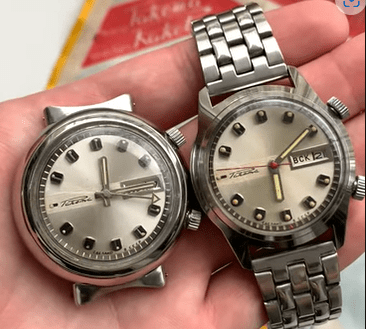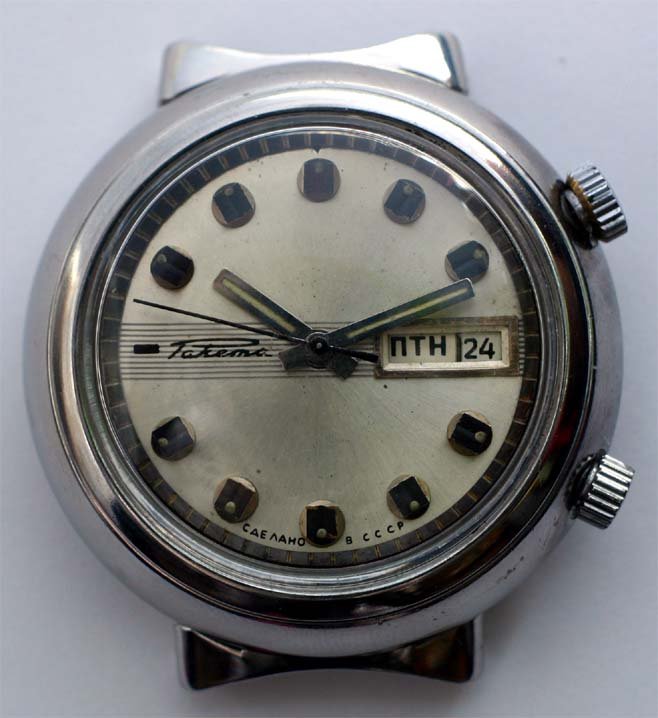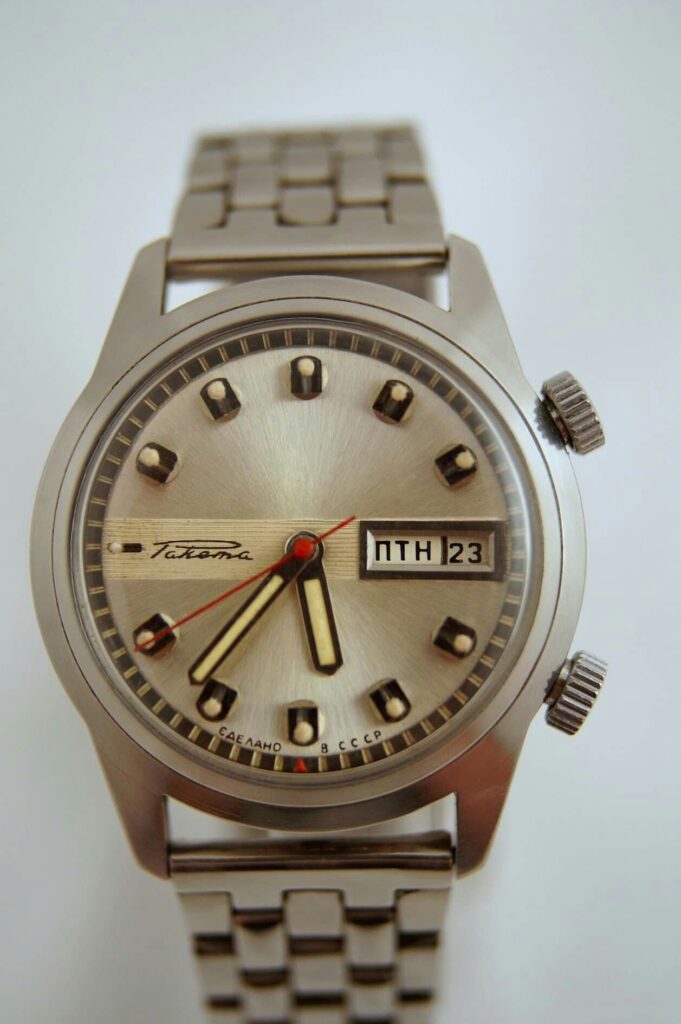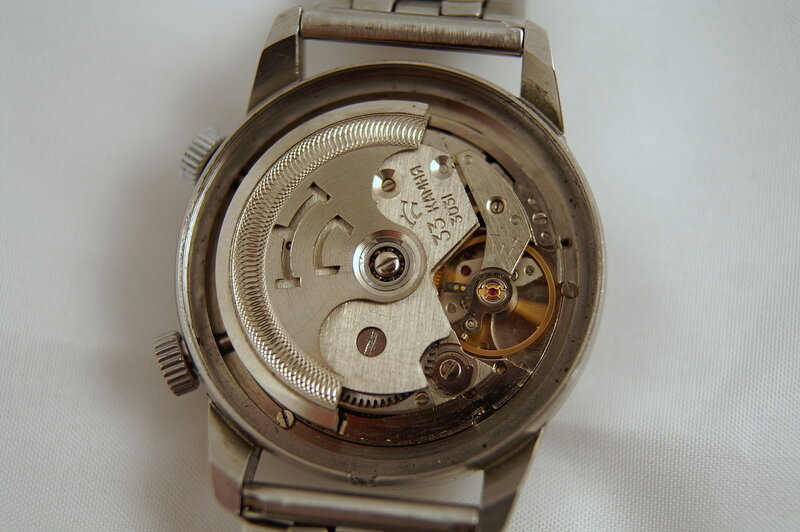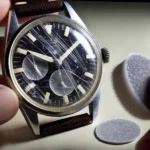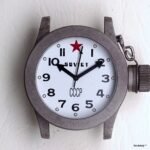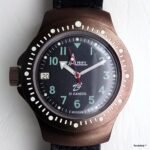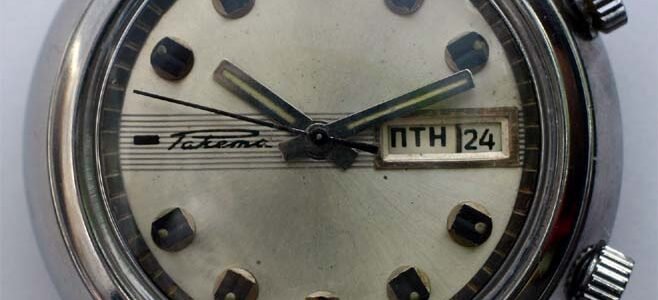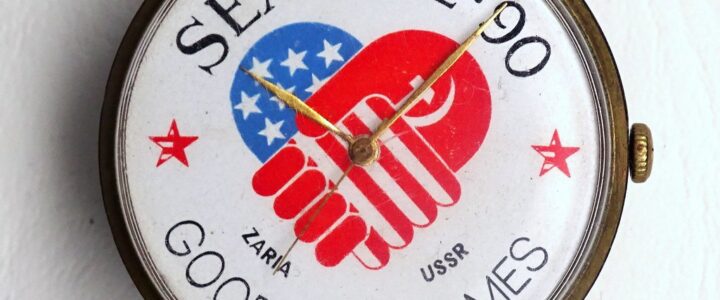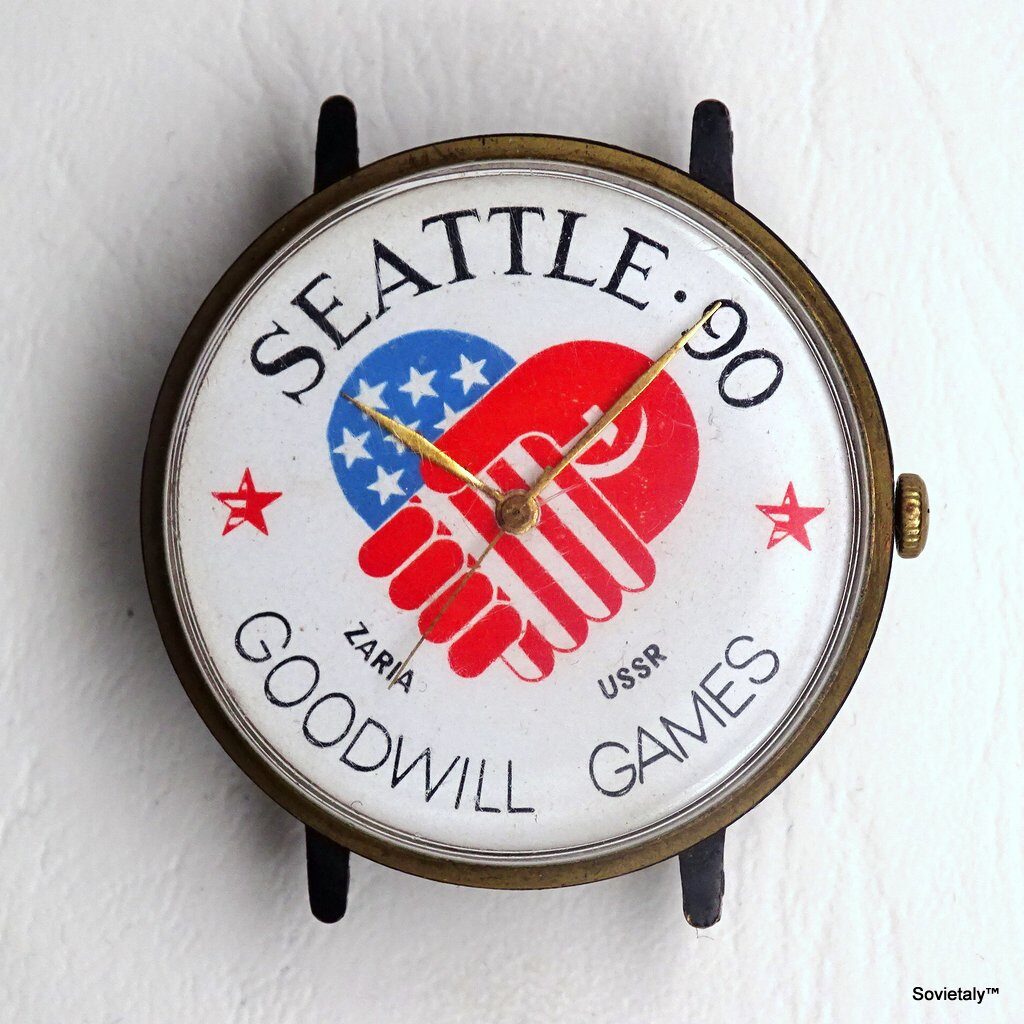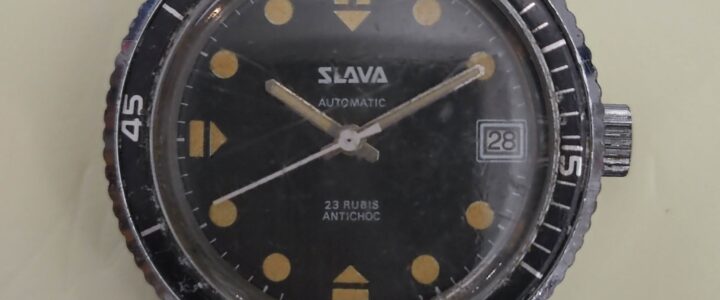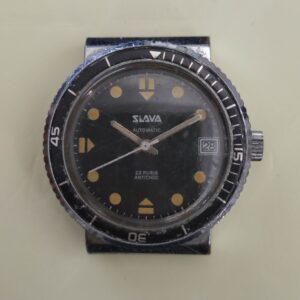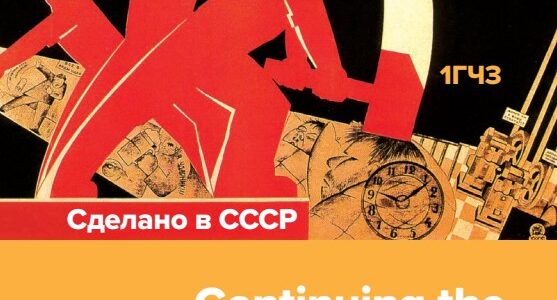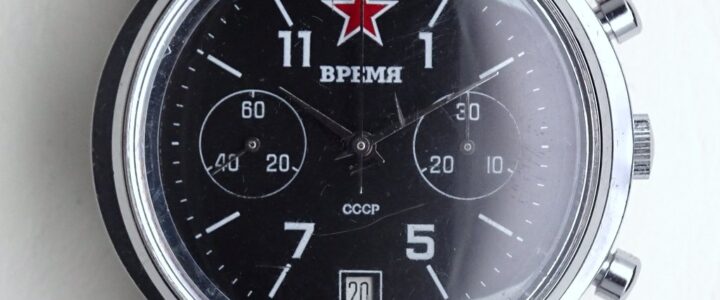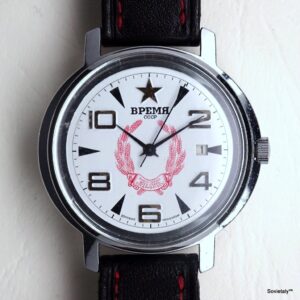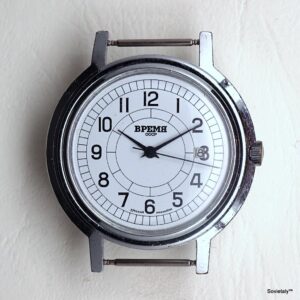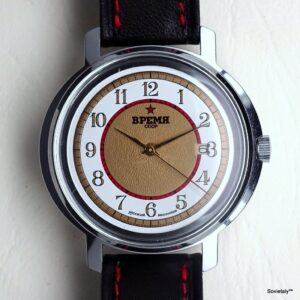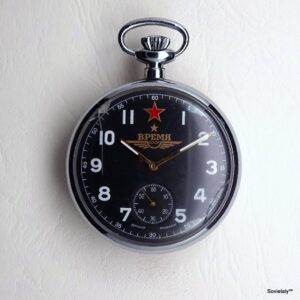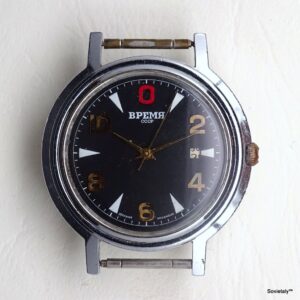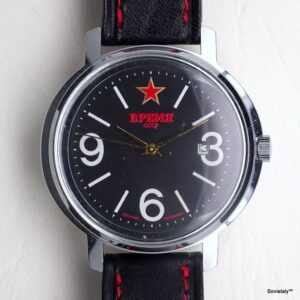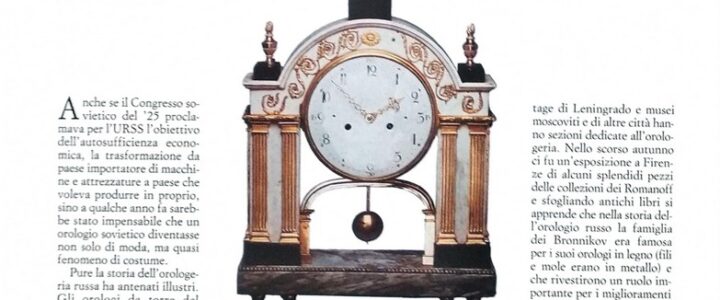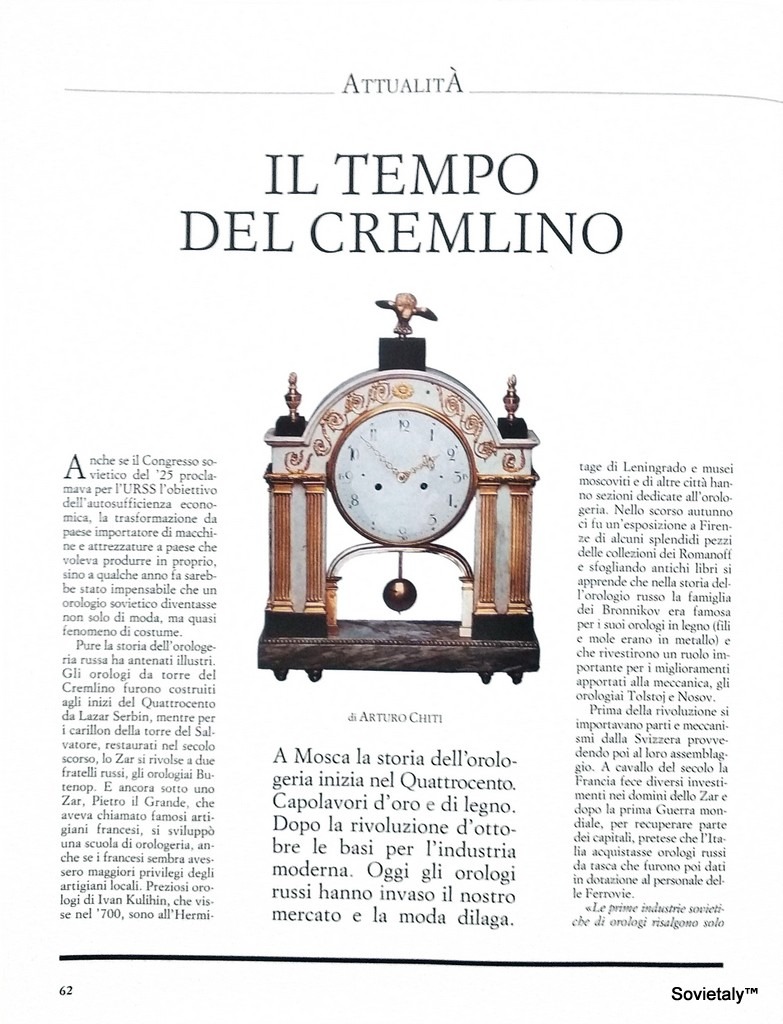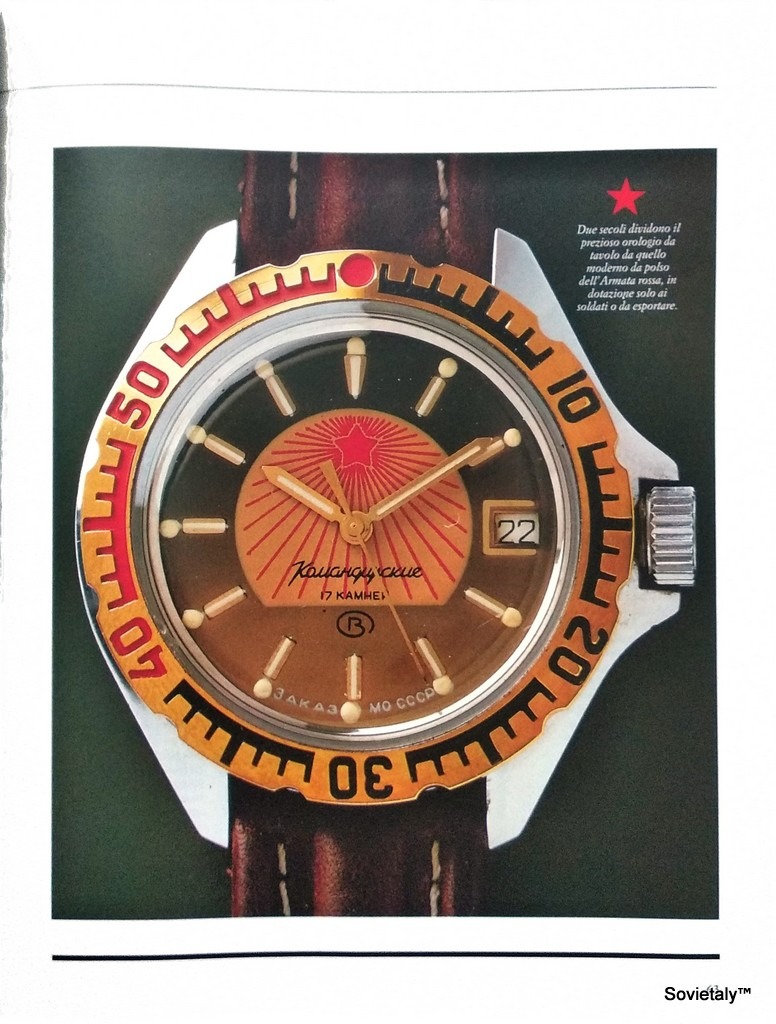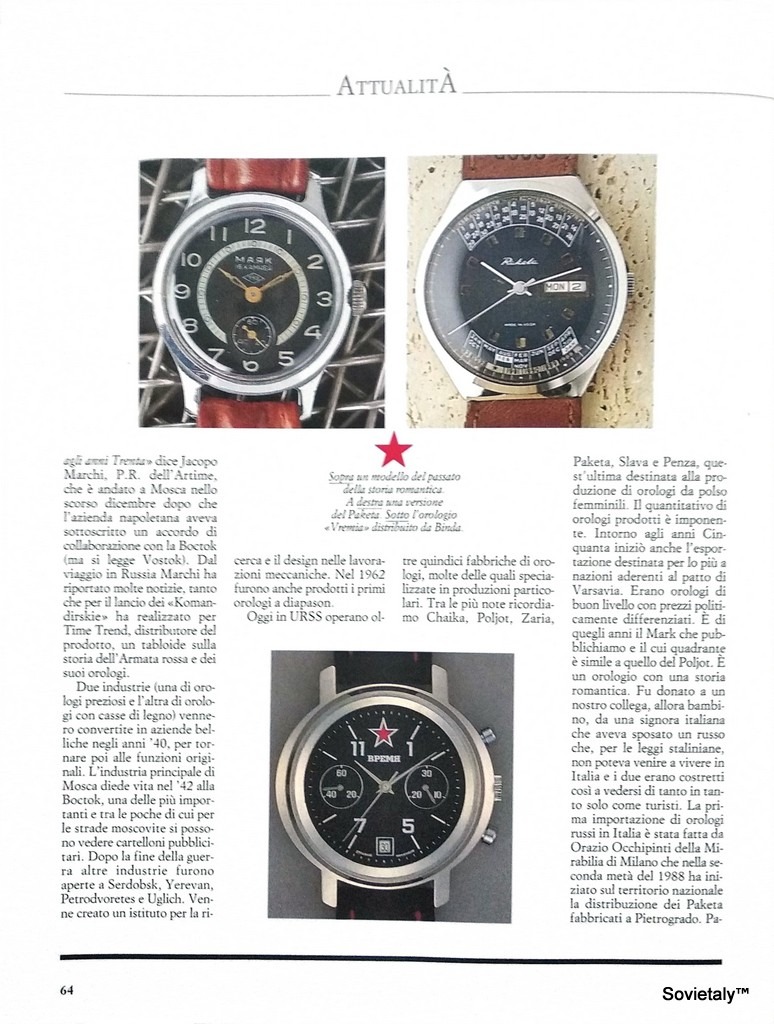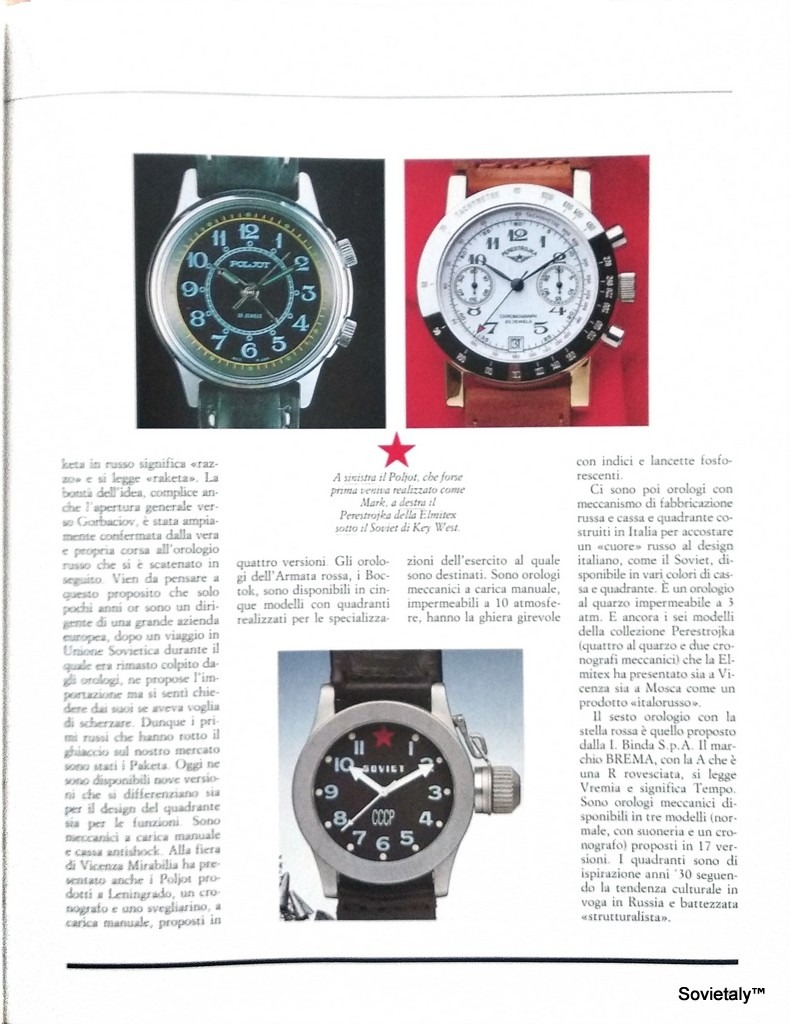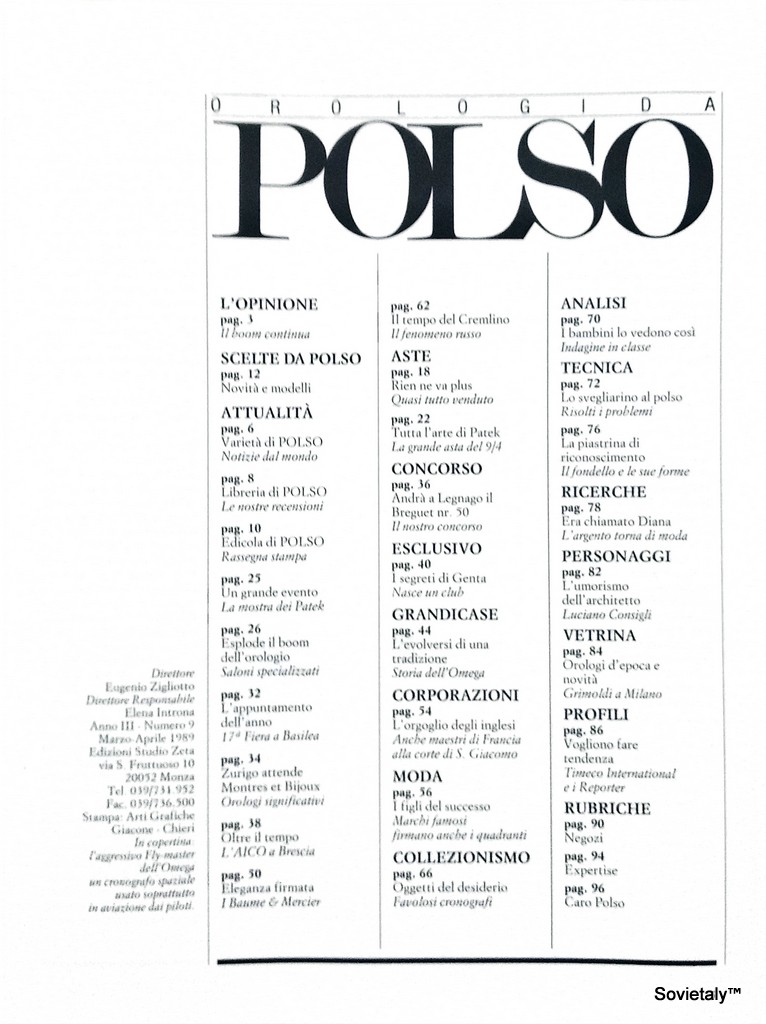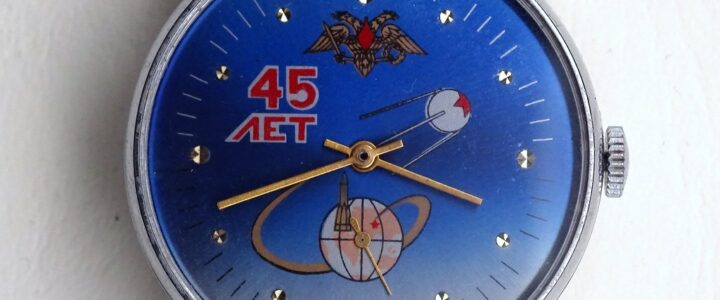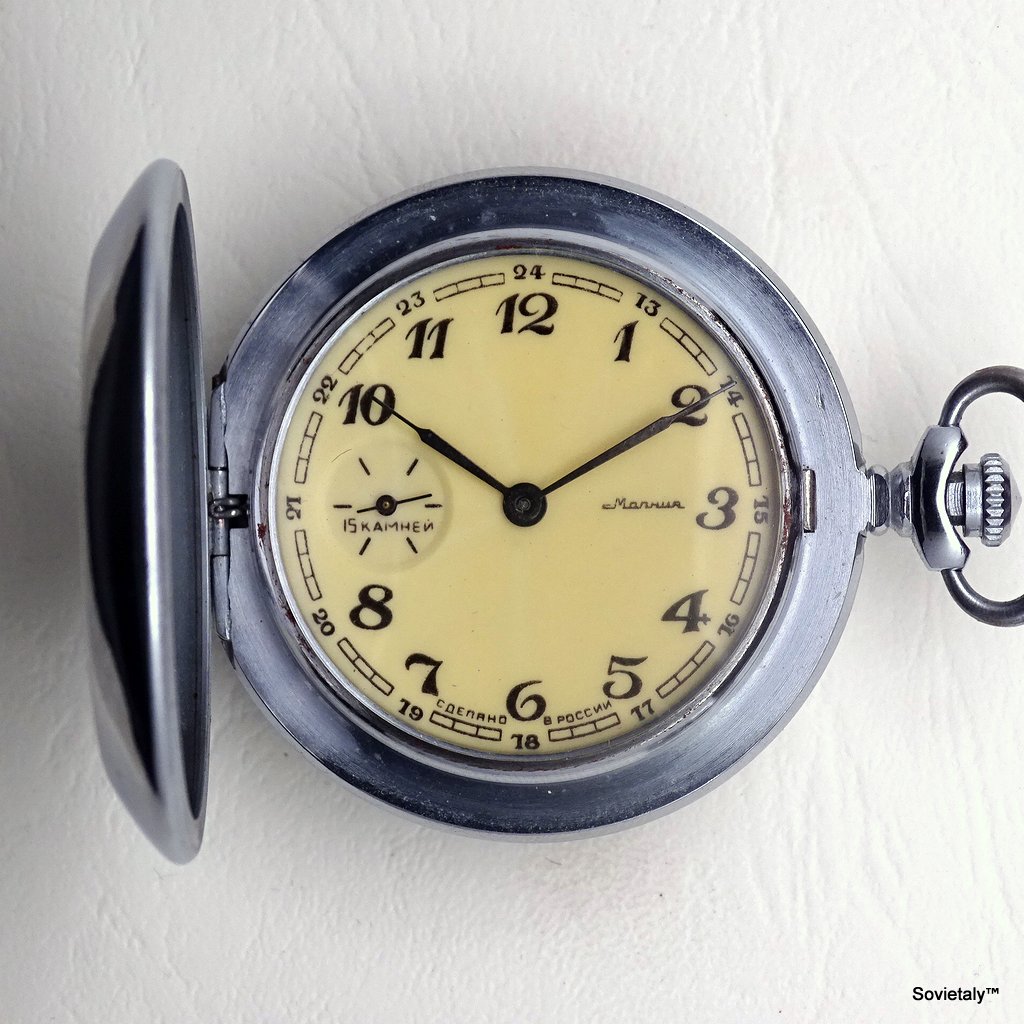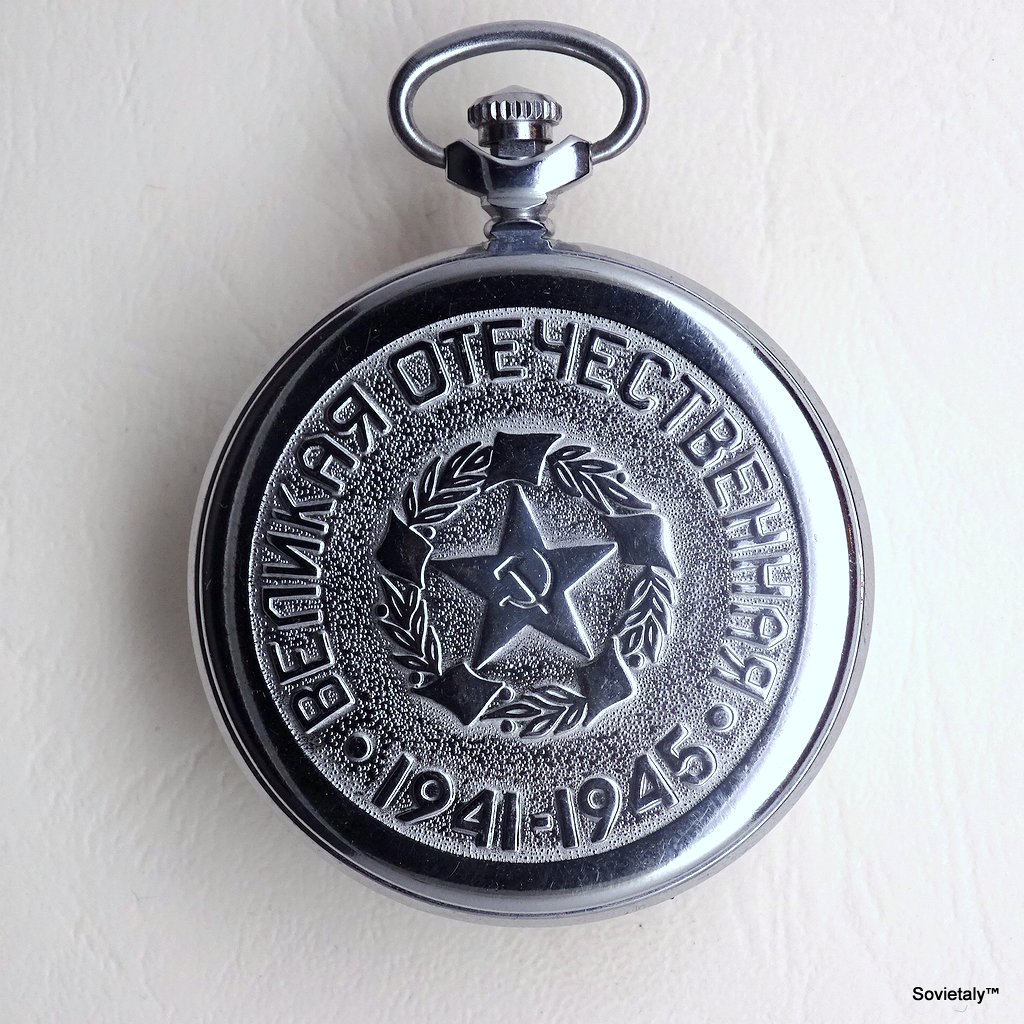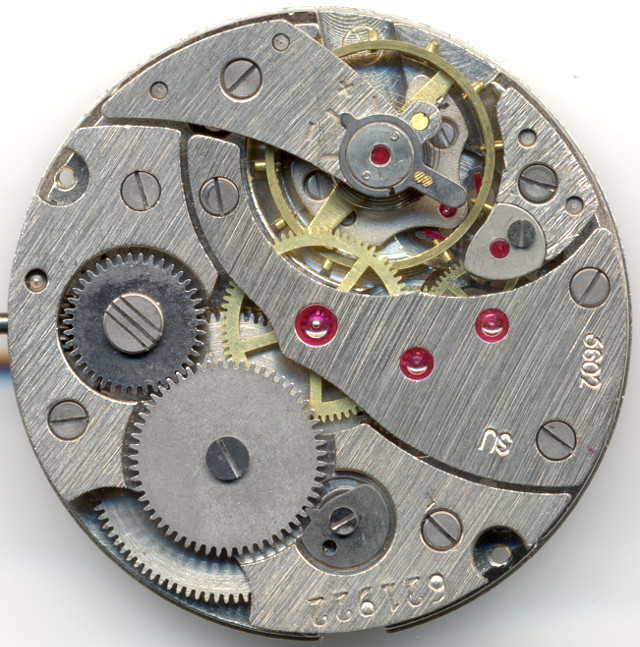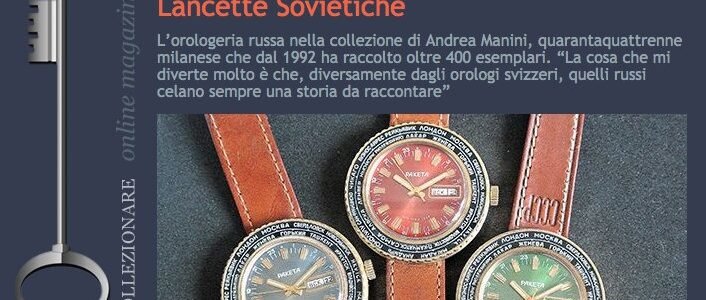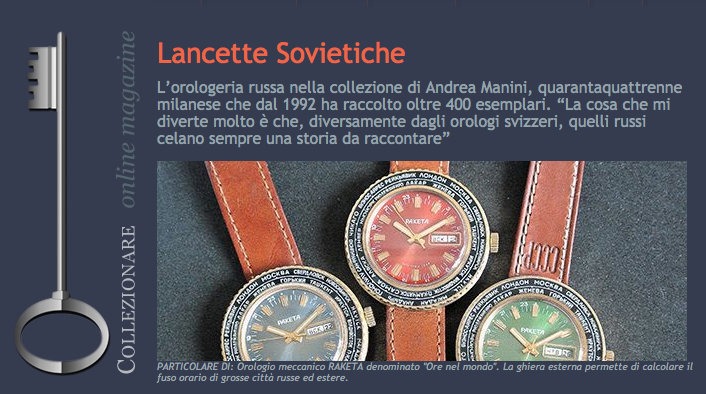At this web address, you can download the PDF in English: https://www.hampdenwatches.com/it/extra
Updated Edition Preface (Page 1)
The necessity for an updated edition highlights the gaps in this intriguing story. New information has surfaced, provided by readers, descendants, and enthusiasts. Although it doesn’t fill in all the details, this second edition takes the story a step further, offering additional insights into many characters.
The preface aims to introduce the social and political environment during the rush to industrialization, which inevitably impacted watch factories. Workers’ power influenced production and quality, evident from Gershenzon’s articles and various “Udarnik” movements. In this workers’ paradise, new practices revealed organizational shortcomings and managerial excuses. Even unavoidable errors could have tragic consequences.
Not all Americans were allowed to return after their contracts expired, despite reports from Canton suggesting otherwise. The detailed account of Herman London’s involvement, greatly facilitated by his family, opens up new aspects of this story.
Introduction (Pages 5-6)
You might be reading this for various reasons—perhaps from my story about the Hampden Watch Company before 1930 or an interest in old Russian watches. Regardless, welcome, and I hope you find the story intriguing.
The genre of Soviet horology is enormous, and its origins are crucial. My story focuses on these origins and the contribution of the Dueber-Hampden Watch Works staff, tools, and designs to the USSR, perpetuating Hampden’s legacy.
In 2006, I started investigating the fate of the Canton factory and found limited information, often incorrect and misleading. The subject of the USSR still evokes stereotypical views in the West and defensiveness in former Soviet countries. Neither perspective helps when examining past events.
This story started as a blog in 2008 and grew as new information emerged. Much content is previously unpublished, but I also draw from familiar sources. Until definitive documentation from Russian sources surfaces, early Soviet watch production remains speculative.
The story spans significant world events, from the Great Depression, through Stalin’s purges, to WWII and the Cold War. This content doesn’t aim to condone or condemn, merely to tell a story about watches and people.
Foreword (Pages 7-12)
By 1886, John C. Dueber, a German-born naturalized American industrialist, faced land acquisition issues in Newport, Kentucky. He needed space for his thriving watch case business and the newly acquired Hampden company, located in Springfield, Massachusetts. Dueber announced that if a city or town raised $100,000 in ‘gift money,’ he would move his companies, bringing 1,500 to 2,000 employees, significantly boosting the local population.
Canton, Ohio, seized the opportunity. Canton, founded in 1805 and the administrative center of Stark County in northeastern Ohio, was in economic hardship. In the 1880s, its largest employer, C. Aultman & Co., faced an uncertain future and had cut workers’ wages by 10%, causing severe hardship. Dueber’s proposal was providential, offering new employment opportunities.
The foreword briefly outlines the period before and after the Dueber-Hampden works closed in Canton, just before the Great Depression, and its impact on employment. It also describes the Moscow environment where the Canton equipment was relocated, with insights from historical and sociological experts.
1917 – 1930 (Pages 13-19)
The chapter outlines the period from the Russian Revolution in 1917 to 1930, covering significant events like the establishment of the Soviet Union and early industrialization efforts. It emphasizes the challenges and achievements in setting up the first Soviet watch factories, detailing the purchase and relocation of Dueber-Hampden equipment to Moscow.
The Soviet commission, including Bodrov and others, explored purchasing equipment from Europe and America. They faced resistance in Europe but succeeded in America, leading to the acquisition of Hampden equipment. The Soviets aimed to create a self-sufficient watch industry, aligning with their ideological goals.
The People (Pages 20-26)
The chapter introduces key figures in the story of Soviet watchmaking, including Andrey Mikhailovich Bodrov, Heinrich Kann, and Vladimir Osipovich “Wolf” Pruss. Each individual played a crucial role in the establishment and development of the Soviet watch industry.
- Andrey Mikhailovich Bodrov was instrumental in the industrialization efforts and establishment of the First State Watch Factory.
- Heinrich Kann, a prominent pre-revolutionary watchmaker, contributed significantly to Soviet watchmaking and education.
- Vladimir Osipovich “Wolf” Pruss, a skilled watchmaker with a background in socialist movements, helped train new watchmakers in the USSR.
The Dueber-Hampden Purchase (Pages 27-35)
During the commission’s visit to America, pragmatism prevailed, leading to the purchase of the bankrupt Dueber-Hampden and Ansonia Clock Co. plants. The Soviets, through Amtorg, bought patterns, machinery, tools, and stock, which were crucial for establishing the Soviet watch industry.
The chapter details the journey of 23 former Dueber-Hampden watchmakers to Moscow to train Soviet workers. These American specialists helped set up the new factory, train workers, and initiate production. Despite initial challenges, their contributions were significant in laying the foundation for Soviet watchmaking.
The First State Watch Factory (Pages 36-52)
The chapter describes the establishment of the First State Watch Factory, located on the site of a former tobacco factory in Moscow. The factory’s construction began in February 1930 and was completed by June 1930, with the main equipment installed by September 1930.
By November 7, 1930, the factory produced its first 50 pocket watches, presented at a ceremonial meeting. The watches were based on the Hampden Size 16 movement and became the foundation for Soviet watch production. The factory’s success marked a significant milestone in Soviet industrialization.
Other Type-1 Factories (Pages 53-58)
The chapter explores other factories producing Type-1 watches, similar to those made at the First State Watch Factory. These factories were part of the broader effort to establish a self-sufficient Soviet watch industry. The chapter highlights the challenges and successes of these factories, their production methods, and their contributions to Soviet horology.
Artels (Pages 59-63)
Artels were cooperative workshops that played a crucial role in Soviet watch production. The chapter details how these workshops operated, their organization, and their contributions to the industry. Artels were essential in meeting the increasing demand for watches in the USSR.
Diverse Type-1 Timepieces (Pages 64-66)
The chapter showcases various Type-1 timepieces produced by Soviet factories. These watches, based on the Hampden designs, were known for their robustness, accuracy, and reliability. The chapter provides an overview of the different models and their features, highlighting their significance in Soviet horology.
Lip And The Post War Period (Pages 67-71)
The chapter discusses the collaboration between the Soviet Union and the French watch company Lip during the post-war period. In 1936, Lip faced financial difficulties and signed a deal with the USSR to export technology and parts. This collaboration helped modernize Soviet watch production, introducing new designs and techniques.
Fakes And Frankens (Pages 72-73)
The chapter addresses the issue of counterfeit and modified watches, known as “fakes” and “frankens,” in the Soviet watch market. It discusses how these watches were created, their impact on the market, and how to identify genuine Soviet timepieces.
Amtorg (Pages 74-75)
Amtorg was the Soviet trade organization responsible for purchasing equipment and technology from the West. The chapter details Amtorg’s role in acquiring the Dueber-Hampden equipment and other essential machinery for Soviet watch production. Amtorg’s efforts were crucial in establishing a modern watch industry in the USSR.
An American Worker In A Moscow Factory (Pages 76-78)
The chapter narrates the experiences of American workers in Soviet factories. It highlights the challenges they faced, their contributions to the Soviet watch industry, and the cultural exchange between American and Soviet workers. The chapter provides personal anecdotes and insights into their daily lives in Moscow.
American Watchmaker Trapped In The USSR Since 1934 (Pages 79-80)
This chapter tells the story of an American watchmaker who became trapped in the USSR after 1934. It explores the circumstances that led to his situation, his experiences, and the broader implications of such cases during the Soviet era.
Russia: An Awakening Horological Giant (Pages 81-83)
The final chapter reflects on Russia’s emergence as a significant player in the global watch industry. It highlights the achievements of the Soviet watch industry, its impact on the global market, and its legacy. The chapter concludes with a discussion on the future of Russian horology and its potential for growth.
